Sitting on a palm-lined beach in Bocas del Toro in the 30 °C tropical sun, sipping on a cold cerveza and speaking in semi-coherent Spanish to a couple from Argentina, it occurred to me how far I had come in the last eight months. Not just in distance, but personally.
I could communicate to a certain extent in a new language and I had a rudimentary understanding of a completely different culture, of a place somehow disconnected from the consumerism and logic of the West: a land of mangrove swamps, rugged Andean peaks and colonial mansions that still belong to a different time.
Then there are the beaches. With 50,000 miles of coastline and a handful of surfers in some countries, Latin America allows the sort of surf exploration that just isn’t possible in the crowded lineups of Europe and North America these days.
No Sun and Friendly Sharks
I arrived in Lima alone in the depths of the Peruvian winter and realised immediately it was too cold for the clothes I had packed and that 10 Spanish lessons were no match for the Peruvian slang.I spent the first few weeks almost alone with my surf board, paddling out in misty desert reef breaks where often my only company was the black shadows in the water that the locals told me were “friendly sharks”. While exploring the inlets of the desert-backed Pacific coast, searching for a bit of shelter, the sight of another surfer would have been a welcome prospect at times.
I had planned to travel with a Spanish-speaking partner but she had to drop out because of a family crisis. So it was I arrived solo, armed with a map of Latin America with the best surf months scribbled on each country and a slight sense of trepidation that had simmered since I was quizzed extensively about my choice of destination in New York City transit.
Leaving Lima airport, the driver told me that the drizzle that fell on the windscreen marked one of the first rainy days in years in the desert city – a sure sign that the El Nino had started (which I had not accounted for in my surf map). He also told me to be very careful travelling alone through major cities because of peligro (danger!). I wasn’t able to understand the specifics of the hazards of which he warned, but his hand gestures ensured that I kept a vigilant eye on my surroundings for the first few nights.
For the first two weeks in Peru I didn’t see the sun. When I mentioned my surprise at the weather to a lady working in a hotel in the bohemian Miraflores district, she informed me that the Spanish conquistador Francisco Pizarro founded Lima in the summer months, oblivious to the fact that the glorious summer sun gave way to months of winter fog, or garúa as the Peruvians call it. She joked that Señor Pizarro, much like myself, may have reassessed his decision if he had been aware of the perpetual off-season sea fog that drapes the streets in a damp blanket day and night.
While the weather resembled England on a glum October day and the language barrier (where many do not speak a word of English) was brutal, it was the cuisine that I remember the most about those first days in Lima. The ceviche (raw fish seared in a local variety of lemon) is one of the tastiest meals I have tried and became a staple dish for me during that stage of the trip. At 12 soles for the menu del dia (a three-course lunch deal for around £2.50), Lima is a world-class city when it comes to food.
Best Waves in the World
It was standing on the promenade next to one of the 15 or so reef breaks scattered around Punta Hermosa that I was approached by local surfer Javier Urqhart. A solid-looking man with long matted grey hair and tanned skin, he spoke broken English in a Californian accent. There are only a few hundred local surfers in Peru, he told me, yet some of the best waves in the world. As an unridden set broke formidably across the jagged reef, he joked, “Whoever named the ocean El Pacifico (which means peaceful in English) must have never been to the coast.”Looking at my small short board, he said, “You’re going to need a bigger board.” It was here over the next few weeks, under Javier’s watchful gaze, that I cut my teeth on some really heavy waves, often alone with Javier’s encouragement from the shore. Javier claimed his back was too bad to paddle out in big conditions, and sometimes I thought he was trying to kill me as he watched and pointed erratically from the safety of the coast path.
I used a mixture of Spanish Dict (a really useful language app) and my interactions with locals to build my Spanish to the point that I could communicate on a most basic level. It was through this trial and error with linguistics that I got to know many of the residents of Punta Hermosa and improved my Spanish to a level that enabled me to ask directions and generally work out where I was going.
By this point, I had also grown accustomed to the lack of sunlight, yet I was told that if I was to travel further south, away from the equator, the weather would paradoxically become more “equatorial”.

Chile and the Desert
Not knowing quite what to expect, I embarked on a 32-hour bus ride to the Atacama Desert, the driest desert on Earth and a place where you can surf world-class waves in harsh sun before ascending more than 500 metres into snow-capped Andean peaks in less than 5 hours. It was here in Northern Chile that I really scared myself in the surf and also learned what altitude sickness was.I spent considerable time in the town of Arica, which has a handful of great surf breaks and a totally surreal backdrop. One night I went on a star-gazing tour with a friend in the chilly black desert. We looked through a variety of telescopes at the planets and stars as the instructor talked us through the constellations while identifying them in the sky with a laser. We were told that the Atacama Desert is the best place in the Southern Hemisphere to see the stars; in fact, the skies are so clear at night that the largest astronomical project in existence, the ALMA Project, is located there.
The town of San Pedro de Atacama is the ideal base to arrange a tour, be it caving, stargazing or hiking in the desert foothills. The settlement is overlooked by snow-capped mountains that retain their white caps in defiance of the scorching daytime sun, creating phenomenal views. It is a great place to while away a few nights over a tequila or four in one of the many bars, away from the strains of the city life.
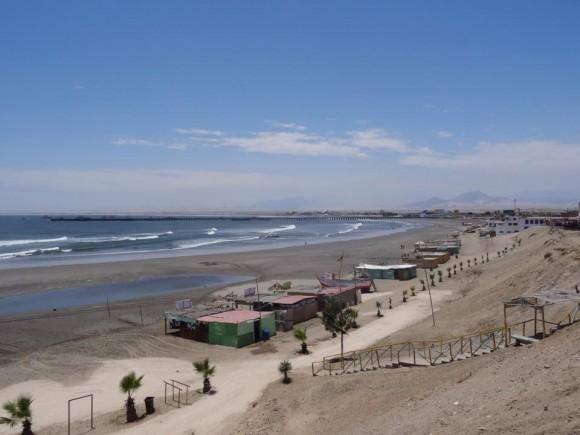
Chasing the Swell
The next phase of my trip involved another two-day bus ride through the desert to Northern Peru, where a big swell was forecast to light up the longest left-hand wave in the world, Punta Chicama. For years I had heard people speak in hushed tones about perfect point breaks hidden away at the end of Peruvian deserts, where you are more likely to share your surf with sea lions and dolphins than a crowd of overzealous day trippers.I travelled with a now good friend and local surf school owner, Carlos Nacarino, who told me that the solid southeasterly swell was the biggest of the season so far, but with a less than optimal swell direction.
We set off before first light and when we arrived at the town the Pacific had come to life. Set after set broke behind the point and peeled through sections, some hollow, some fat, along the 2 kilometres to the pier. Chicama must be one of the best natural playgrounds on the planet, a beach where every wave is so long that it creates a story of its own. We were all big children out there that day, some of us Chilean, some of us Peruvian, some of us English, all grown men and women in disbelief at what the planet has to offer.
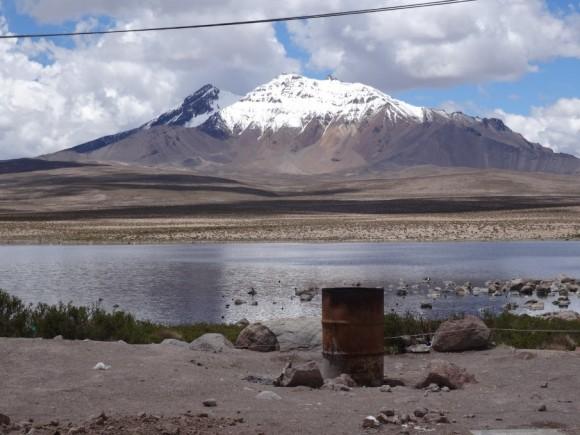
Natural Wonders
At various stages of the trip I took a break from surfing to experience some of the natural wonders that make the continent an adventurer’s dream. Whether it is trekking in the Amazon, climbing volcanoes in Ecuador or searching for howler monkeys and snakes in the Costa Rican rainforest, Latin America has something to offer everyone.The list of attractions is endless, yet I found the mountain base of Cusco to be a great stopover owing to its proximity to the Inca temples at Machu Picchu. Another stunning place to relax and rest your weary feet is the town of Banos in Ecuador, where one can rejuvenate in the thermal springs under the shadows of the volcanoes or embark on hikes into the Amazonian lowlands. For the wannabe island hopper, Bocas del Torro on the east coast of Panama is the place to get in tune with the Caribbean rhythm.
I travelled the length of the stunning Ecuadorian coast surfing from Montanita to Mompiche, spending a prolonged stopover in the sleepy coastal town of Canoa, which is another great place to surf or unwind for a week or two in the shadows out of the overbearing heat.
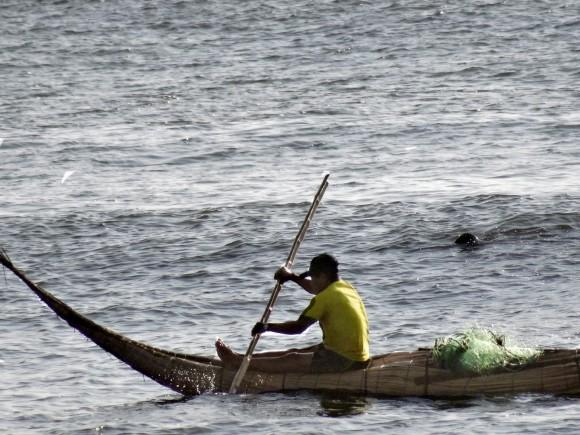
The Final Leg
By the time I made it to Colombia, which was out of season for the surf, I was speaking Spanish more fluently. I spent a week in the mellow city of Medellin where the nightlife was so full on that even if there was a beach, one would likely spend the days in bed nursing a hangover.The final stretch of the trip through Panama and Costa Rica was almost seamless. Central America is compact and travelling from the Pacific to the Caribbean coast can be done easily. Both Costa Rica and Panama offer world-class surf, but a combination of perfect reef breaks in picture postcard settings and tropical water do draw the crowds that I managed to avoid further south (despite the saltwater crocodiles that patrol many of the river mouths).
When it was finally time to come home, I felt a sadness that I’ve never experienced at the end of any of my other trips. The learning curve was indeed steep, yet once I mastered basic Spanish, I had some of the best days of my life, surfed some of the most uncrowded and perfect waves on this planet and made some great new friends.
For the surfer, the lack of crowds and information conjure images of the glory days of the sport, when surfing was a journey away from the mainstream. For the advanced surfer, the options are limited only by imagination and time. For the novice, there are many options; however, I would recommend the town of Huanchaco in Peru, just south of Chicama, which offers surf tuition in mellow and consistent waves.
In fact, locals have been riding the waves in their caballitos de totora (“little reed horses”) for centuries and the locals claim that it was here rather than Hawaii that the pioneers of the sport of kings lived.

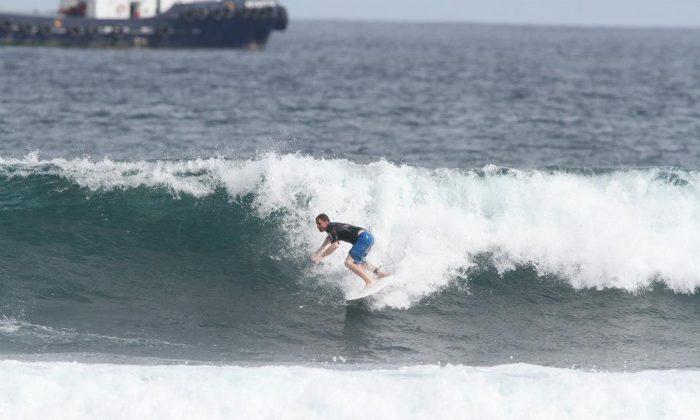
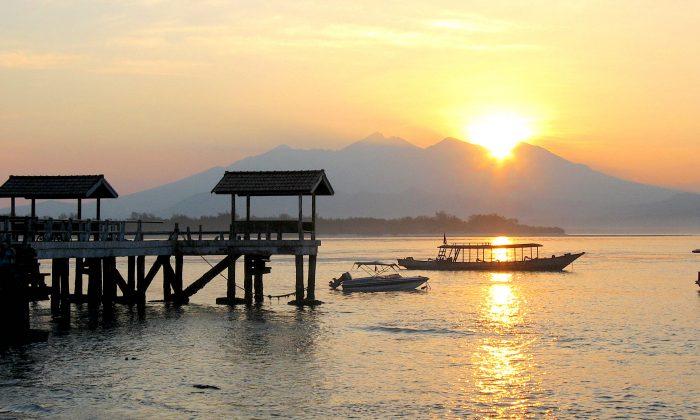
Friends Read Free